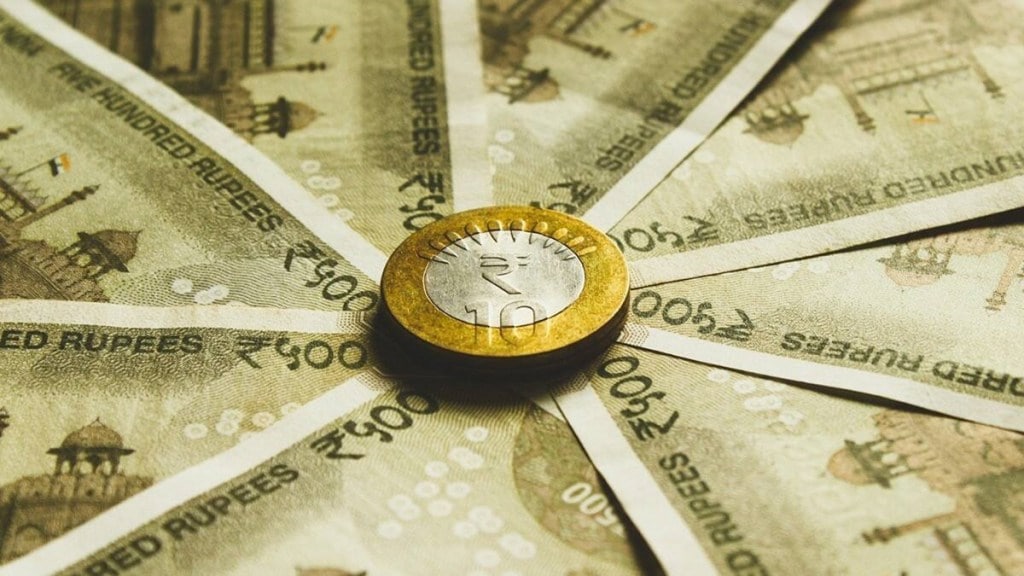The share of failed auto-debit requests on the National Automated Clearing House (NACH) platform has seen an increase in July after consecutive hikes in the lending rates by banks and other financial institutions. The failed auto-debit requests, also referred to as bounce rate in value terms, increased to 22.22% in July, compared with 21.81% in June and 21.96% in May.
The share of failed auto-debit transactions stood at 29.11% in volume terms in July, down 11 basis points (bps) as compared to the previous month. Of 106.7 million debit requests made in July, 31.1 million bounced. In value terms, transactions of up to Rs 12,160 crore were declined, against debit requests worth Rs 99,750 crore, according to data released by the National Payments Corporation of India (NPCI).
Also read: Banks’ AT-1 bond issuances may dip to Rs 20,000 crore
The Reserve Bank of India (RBI) increased the policy repo rate by 50 bps to 5.40% earlier this month even as retail inflation eased to 6.7% in June, but still above the central bank’s tolerance limit of 6%. Banks and NBFCs have already increased their lending rates linked to the repo rates and their cost-based lending rates.
The RBI is expected to hike rates in the remaining two meetings of 2022, taking the repo rate from 5.4% now to 6% in December, according to HSBC Global Research. The consecutive increases in the lending rates are likely to put some pressure on borrowers’ repayment capacity, according to analysts.
Home loans, which are linked to repo rate, are seeing immediate re-pricing, while vehicles and personal loans will re-price with some lag, and given inflationary pressures, rising input costs and hikes in benchmark rates, the extent of decline in asset quality will be a key monitorable, brokerage ICICI Securities said in a report earlier. Despite the consistent increases in lending rates by lenders, demand for home loans continues to remain robust, according to RBI data, which show the housing loans grew 15% year-on-year in June.
Bounce rates or failed auto-debit transactions are not only restricted to loan repayments but also include other recurring repayments. Bounce rates are considered as a key metric to measure the payment preparedness of retail borrowers as loan repayments are also processed through the NACH platform.
During the pandemic waves, bounce rates surged given the massive unemployment and disruption in the economy due to frequent lockdowns. In July last year, bounce rates were at 33.24% in volume terms and 27.35% in value terms, which have now declined. The unemployment rate in urban India rose significantly, from 7.3% in June to 8.2% in July, with the average urban unemployment rate being over 8% in the past 12 months, according to the Centre for Monitoring of Indian Economy.

